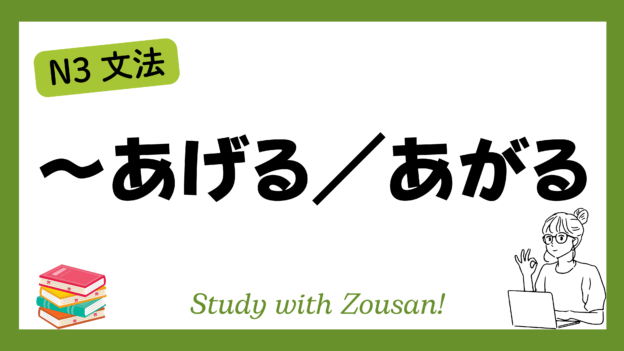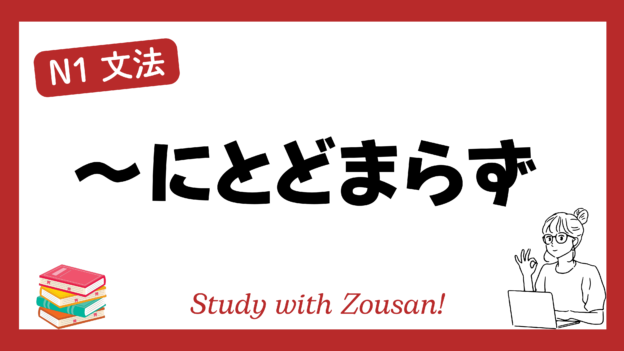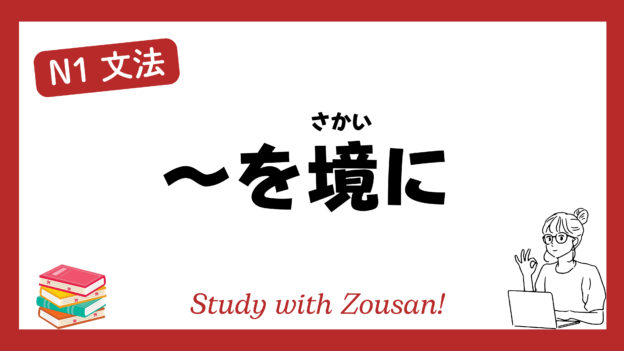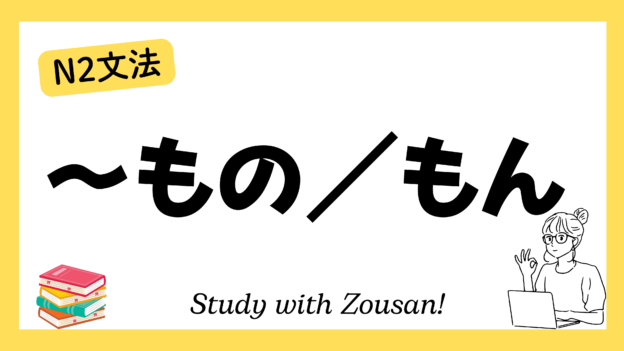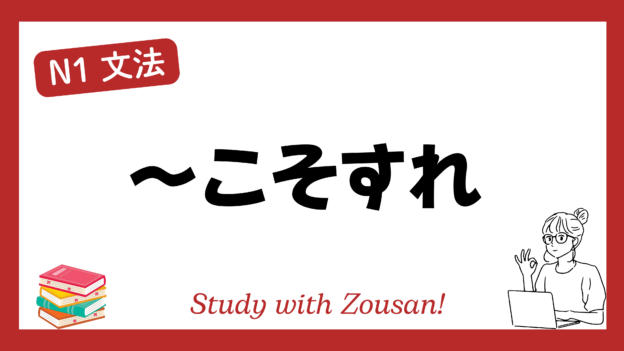N3文法:~あげる/あがる
Meaning: “To complete…”, “To finish…”
This structure is used to express the completion of an action or process. When “あげる” is used, it often implies that someone has successfully completed something, while “あがる” describes the action being completed on its own or in a passive sense.
※Note: “~あげる” is often used when the action is actively performed by someone, while “~あがる” tends to be more passive or reflexive.
Structure:
| Verb (ます stem) |
+ あげる(上げる) + あがる(上がる) |
Example:
-
-
-
🌟 彼はレポートを書き上げた。
(かれ は レポート を かきあげた。)
He finished writing the report. -
🌟 このプロジェクトをやり上げるのに1か月かかった。
(この プロジェクト を やりあげる の に いっかげつ かかった。)
It took a month to finish this project. -
🌟 彼女はその本を読み上げた。
(かのじょ は その ほん を よみあげた。)
She finished reading the book. -
🌟 彼らはこの建物を建て上げた。
(かれら は この たてもの を たてあげた。)
They completed the construction of this building. -
🌟 彼女はケーキを作り上げた。
(かのじょ は ケーキ を つくりあげた。)
She finished baking the cake. -
🌟 ついに仕事が仕上がった。
(ついに しごと が しあがった。)
The work is finally finished. -
🌟 プレゼンが終わり、安心した顔が見えた。
(プレゼン が おわり、あんしん した かお が みえた。)
After the presentation ended, you could see the relief on their faces. -
🌟 彼は車の修理を仕上げた。
(かれ は くるま の しゅうり を しあげた。)
He finished repairing the car. -
🌟 ケーキが焼き上がった。
(ケーキ が やきあがった。)
The cake has finished baking. -
🌟 全員が課題を提出し終わった。
(ぜんいん が かだい を ていしゅつ しおわった。)
Everyone has finished submitting their assignments.
-
-



